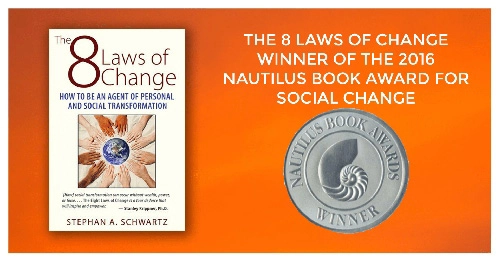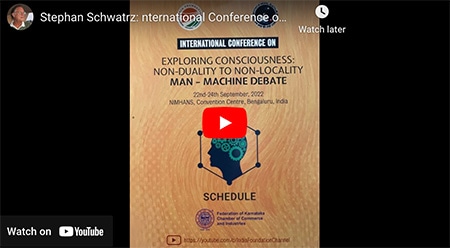Saturday, March 9th, 2013
PAT GAROFALO, - Think Progress
Stephan: The Rightwing disinformation machine, working on behalf of the Virtual Corporate States and the Uber-rich who control them, spews out so much wrong reportage that, as polls show, most Americans have absolutely erroneous views about our economy. Ninety four per cent of Americans think the deficit is growing when, in fact, it has shrunk by hundreds of billions of dollars during Obama's administration, and continues to shrink. Similarly most believe that low tax states have greater economic growth. Once again, that is completely backwards. Here is some real data. You won't find it in the corporate media, which now specializes in things that have little substance, but much emotion.
Click through to see the graph.
Republicans love to claim that low-tax states such as Texas enjoy a disproportionate amount of economic success, while higher-tax states like California are economic basket cases. Republican governors in several states are using that rationale to propose gutting their state income taxes (and, in many instances, replacing them with regressive sales taxes).
But a new report from the Institute on Taxation and Economic Policy shows that so-called ‘high tax states
No Comments
Saturday, March 9th, 2013
Rob Boston, - AlterNet (U.S.)
Stephan: The Founders, who knew from personal and family history what happens when the church state wall is breached, did their best to make this wall unbreachable. And for most of American history so it remained. But, beginning about 40 years ago, with the rise of the Theocratic Right -- the marriage of extremist Rightwing politics, and Fundamentalist theology -- as this report spells out, there has been an ongoing well-funded attempt to break that wall down. Should this happen it would leave us a deeply damaged country.
Stanford Law School in California is a prestigious institution with a distinguished past. Founded in 1893, one of its first professors was a former president, Benjamin Harrison.
When the school opened new offices in 1975, another president, Gerald Ford, was on hand for the festivities. On its website, Stanford proudly calls itself ‘one of the nation’s top law schools.
No Comments
Saturday, March 9th, 2013
Stephan: China has made the commitment the U.S. seems unwilling to make. As a result we are falling further and further behind in this noncarbon technology. I find it interesting that two of the most forward thinking investors in the world, Warren Buffet, and Elon Musk, who created the Tesla electronic car, both stand out because, in contradistinction from the old energy interests, they are committing increasing investment to solar.
The $77 billion solar-energy industry is forecast to expand the most since 2011, as China becomes the biggest market for the first time and drives annual global installations to a record.
New generation capacity will rise about 14 percent this year to 34.1 gigawatts, equal to about eight atomic reactors, according to the average estimate of seven analysts surveyed by Bloomberg. That would beat the 4.4 percent growth in 2012, when demand shrank in Italy and France after subsidies were cut.
China, after building scores of factories that helped cut panel prices 20 percent in the past year, is poised to become the biggest consumer of the devices after doubling its 2013 target for new projects in January. Tumbling prices are benefiting installers including Solarcity Corp. (SCTY) and SunPower Corp. (SPWR) of California while hurting manufacturers such as LDK Solar Co. of China and Norway’s Renewable Energy Corp. ASA. (REC)
‘Solar demand is proving very resilient and will keep growing this year even as European markets slump,
No Comments
Saturday, March 9th, 2013
CHRISTOPH STEITZ and STEPHEN JEWKES, - Reuters
Stephan: This is good news, because it shows how noncarbon solar is developing into a new phase.
FRANKFURT, GERMANY and MILAN, ITALY — Renewable energy is constantly evolving and challenging traditional utilities but one growing sector could make home-generated power much easier to use and cut customers’ dependence on energy companies dramatically – solar batteries.
A major conundrum with solar panels has always been how to keep the lights on when the sun isn’t shining.
Solar batteries allow homes and businesses to store solar power to use in the hours of darkness and can also help to create ‘smart grids’ that react to sudden power swings and free stored energy when needed.
The technology is still expensive and not widely used but with energy bills soaring for consumers, it could quickly gain market share and reduce dependence on utilities, which are already struggling with overcapacity and weak demand.
Italy has some of the highest power prices in Europe and is looking at how to cut costs to allow its businesses to compete.
Nicola Cosciani, head of energy storage at Italy’s top industrial battery maker Fiamm, says heavy power users like cement and steel makers are looking at generating and storing their own solar power – and even selling excess power from their batteries on to the grid.
‘Germany and Italy will be explosive […]
No Comments
CRYSTAL PHEND, Senior Staff Writer - MedPage Today
Stephan: Here is the latest concerning assessments of our failing illness profit system. As usual it is all about money.
Cesarean delivery rates ranged from as low as 7% to as high as 70% at U.S. hospitals, a nationwide study showed.
The magnitude of the variation was more than could be accounted for by case mix, suggesting a possible quality-of-care problem, Katy Backes Kozhimannil, PhD, of the University of Minnesota School of Public Health in Minneapolis, and colleagues reported.
Even among lower-risk pregnancies, ‘in which more limited variation might be expected,’ hospital cesarean rates varied 15-fold, from 2% to 37%.
‘Thus, vast differences in practice patterns are likely to be driving the costly overuse of cesarean delivery in many U.S. hospitals,’ they wrote in the March issue of Health Affairs. ‘Because Medicaid pays for nearly half of U.S. births, government efforts to decrease variation are warranted.’
C-section is the most common procedure done in the operating room, and boosted the cost of delivery to an average of almost $13,000 compared with $9,000 for vaginal births in 2010, based on a prior study of private health insurance payments.
Both overuse and underuse of cesarean delivery may be clinically harmful as well, with higher risk of infection, injury, and need for emergency hysterectomy for the mother and greater risk of asphyxia, respiratory distress, and other pulmonary disorders […]
No Comments









